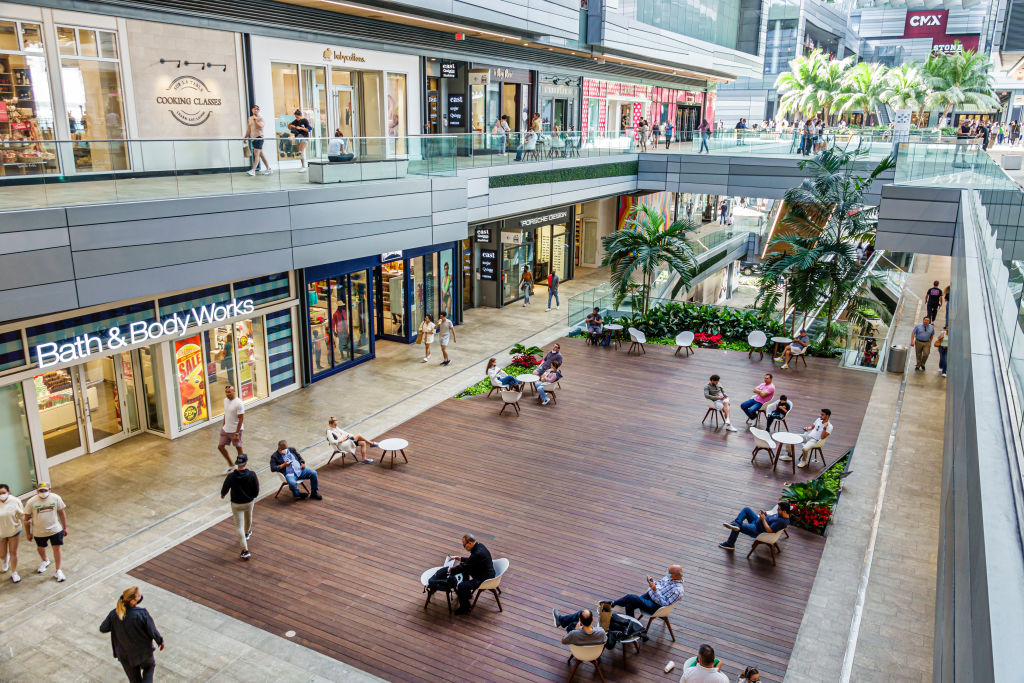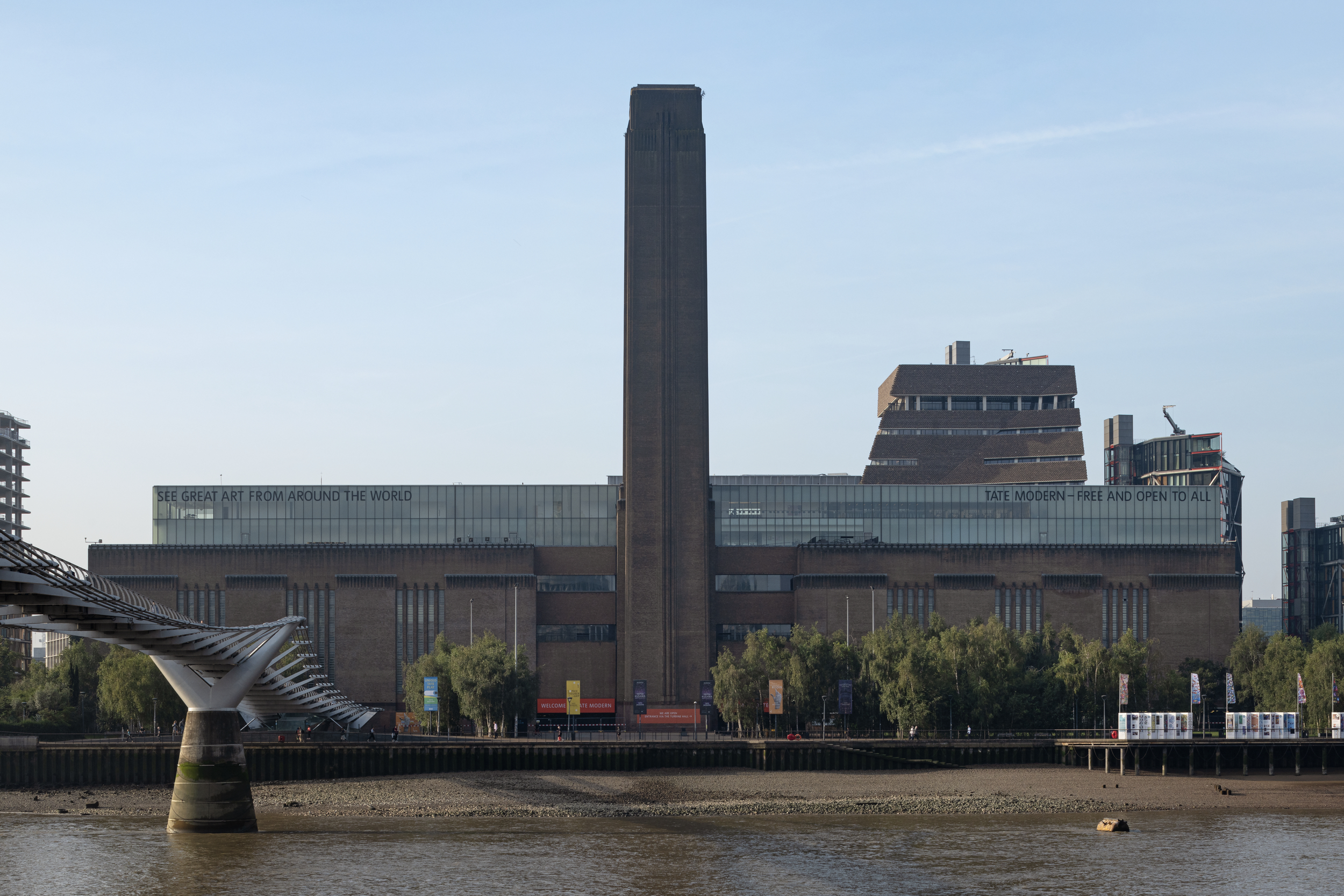SHOPPERS PREFER STAYING OUTDOORS. THAT’S MORE TROUBLE FOR MALLS.
Bath & Body Works, Foot Locker are among retailers ditching malls for strip centers, other shopping outlets
National chains are accelerating their exit from malls for other types of retail locations, signaling more trouble for malls as consumers show a growing preference for shorter, more convenient shopping experiences.
Jewelers, shoe stores and other specialty retailers are among the operators making the shift, indicating they will continue opening at outdoor, non-mall locations such as grocery-anchored shopping centers and strip malls after finding that they perform better and typically save on costs.
“These retailers are going to grow more confident that they’re barking up the right tree as they continue to see quarter after quarter after quarter of outperformance in their off-mall locations,” said Brandon Svec, national director of U.S. retail analytics for data firm CoStar Group.
Bath & Body Works, which for years sold scented soaps and body creams to mall goers, is on track to open about 95 new locations for the fiscal year ending in February, while closing about 50, primarily in struggling malls. More than half of its 1,840 stores in the U.S. and Canada are now located outside of enclosed shopping centers.
Foot Locker said it is aiming to operate half of its North American square footage outside enclosed shopping centers by 2026, up from 36% in the third quarter.
Signet Jewelers, which owns brands such as Kay Jewelers, Zales and Jared, is closing up to 150 locations in the U.S. and U.K. by mid-2024, nearly all in traditional malls. Company executives told investors last year that off-mall locations had stronger sales margins, and about 60% of its total square footage is now outside malls.
Not all retailers are exiting from malls. Publicly traded mall owners Simon Property Group and Macerich, which primarily own higher-end centers, have reported record-high leasing volume over the past year as retailers such as Hermès, Warby Parker and Alo Yoga have taken space.
But foot traffic to U.S. malls was down 4% on average in 2023 from the prior year, and about 12% lower than 2019 levels, according to real-estate data firm Green Street.
Low-end malls have seen the biggest drops in customer visits, partially because department stores have closed in higher numbers at these properties since 2017.
Online-sales data have also helped retailers pinpoint locations for successful stores with better accuracy than in the past.
“You know where your customer is buying and where they live,” said Scott Lipesky, chief financial and operating officer for Abercrombie & Fitch. “We’re looking at this digital shipping data, and we just plop a store down in the middle of it.”
Recently, Abercrombie & Fitch has been opening in city shopping districts in an effort to get closer to younger millennials and recent college graduates.
Visits to outdoor shopping centers have increased since the pandemic as the rise in remote work has given people the time and flexibility to run errands more frequently and closer to home.
Outdoor shopping and strip centers also appeal to retailers who are increasingly allowing customers to pick up or return items bought online, CoStar’s Svec said. These shoppers want to get in and out of stores quickly, and not spend time navigating large parking garages or walking across the mall.
Increasing demand for open-air space has driven up shopping-center rents to nearly $24 a square foot, the highest level since real-estate firm Cushman & Wakefield began tracking the metric in 2007.
But moving out of malls can still help retailers cut costs, particularly the common-area and maintenance charges that landlords pass on to tenants to help pay for the property’s upkeep.
Owners of enclosed malls are saddled with a host of additional expenses compared with open-air shopping centers, such as keeping the indoor walkways clean, repairing the heating and ventilation systems and maintaining the restrooms.
“It’s a lot more than blowing leaves out of a parking lot,” said Jim Taylor, chief executive of Brixmor Property Group, a real-estate investment trust that owns about 365 shopping centers across the U.S.
Taylor said he started to notice traditional-mall tenants moving into Brixmor centers several years ago. More recently, he has seen an increase in the types of retailers making the move, including those in the beauty, footwear, jewelry and housewares business.
“We’re seeing them come into the open-air centers because of the proximity and convenience to the customer,” he said.
 Copyright 2020, Dow Jones & Company, Inc. All Rights Reserved Worldwide. LEARN MORE
Copyright 2020, Dow Jones & Company, Inc. All Rights Reserved Worldwide. LEARN MORE
Chris Dixon, a partner who led the charge, says he has a ‘very long-term horizon’
Americans now think they need at least $1.25 million for retirement, a 20% increase from a year ago, according to a survey by Northwestern Mutual
Villa prices saw particularly strong growth, with capital values increasing by 33.4 percent year-on-year
Dubai’s real estate market showed strong performance in the second quarter of 2024, with notable increases across the residential, office, and retail sectors, according to a new ValuStrat real estate report for Q2 2024.
Villa prices experienced particularly strong growth, with capital values rising by 33.4 percent year-on-year.
Haider Tuaima, Director and Head of Real Estate Research at ValuStrat said: “The Dubai real estate market has shown impressive growth and resilience in recent months. The ValuStrat Price Index for Residential Capital Values increased by 6.4 percent quarterly and 28.2 percent annually, reaching 178.2 points.
“Despite severe flooding caused by record rainfalls in April, the quick and effective response from developers and authorities helped to control the damage, ensuring that market activity and property valuations remained robust in the subsequent months.”
The office sector also performed well, with the VPI for office capital values surging by 31.7 percent annually and 9.4 percent quarterly, reaching 212.5 points—the highest quarterly increase in a decade.
In the retail sector, Emaar Properties reported 98 percent occupancy in their prime mall assets, while overall mall occupancy stood at 96 percent during the first quarter of 2024. The hospitality sector also saw growth, with total international guests reaching 8.12 million as of May 2024, a 9.9 percent increase compared to the same period last year. Hotel occupancy reached 81 percent, rising by 1.4 percent year-on-year.
Despite these positive indicators, Tuaima added, “The decline in transaction volumes calls for a closer examination of market dynamics as stakeholders navigate this evolving landscape.”
Chris Dixon, a partner who led the charge, says he has a ‘very long-term horizon’
Americans now think they need at least $1.25 million for retirement, a 20% increase from a year ago, according to a survey by Northwestern Mutual





















